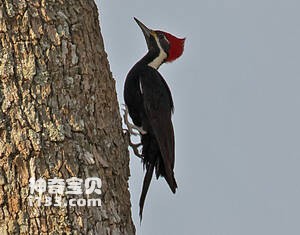
Dryocopus schulzi
Dryocopus schulzi,Black-bodied woodpecker,White-shouldered woodpecker
South American Black woodpecker Dryocopus schulzi, foreign name black-bodied···
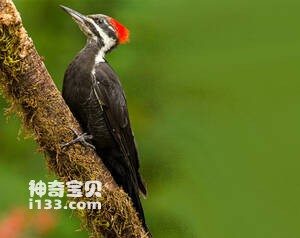
Dryocopus pileatus
Dryocopus pileatus,Pileated woodpecker
The North American black woodpecker, Dryocopus pileatus or Pileated woodpeck···
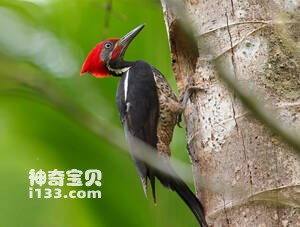
Dryocopus lineatus
Dryocopus lineatus,Lineated woodpecker
细纹黑啄木鸟学名Dryocopus lineatus,外文名Lineated woodpecker,具体习性不详。···
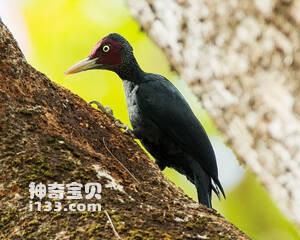
Mulleripicus fulginosus
Mulleripicus fulginosus,Southern sooty woodpecker
The species is known as Mulleripicus fulginosus and Southern sooty woodpecke···
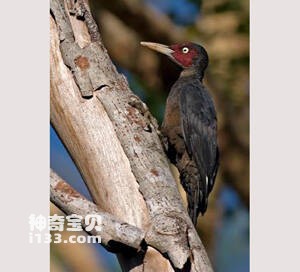
Mulleripicus funebris
Mulleripicus funebris,Northern sooty woodpecker
The species' scientific name is Mulleripicus funebris and its foreign na···
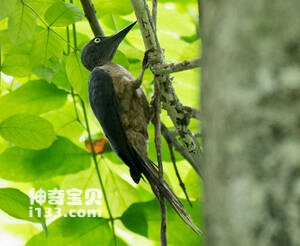
Mulleripicus fulvus
Mulleripicus fulvus,Ashy woodpecker
The dark yellow woodpecker's scientific name is Mulleripicus fulvus, and···
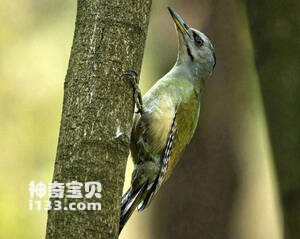
Picus guerini
Picus guerini,Black-naped woodpecker
The black-occipitated green woodpecker is known as Picus guerini or Black-na···
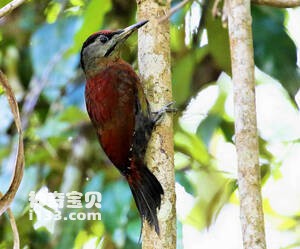
Picus canus dedemi
Picus canus dedemi,Picus dedemi,Sumatran woodpecker
苏门答腊绿啄木鸟学名Picus canus dedemi、Picus dedemi,外文名Sumatran woodpec···
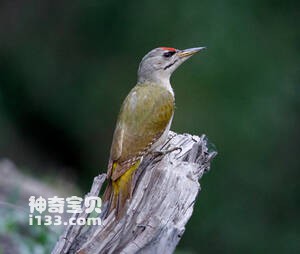
Picus canus
Picus canus,Grey-faced Woodpecker,Grey-headed Woodpecker
The Grey-headed green Woodpecker has 11 subspecies: Picus canus, Grey-faced ···
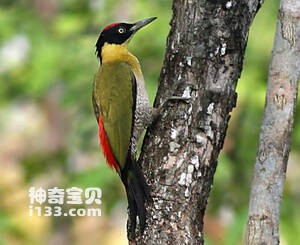
Picus erythropygius
Picus erythropygius,Black-headed woodpecker
The Black-headed green woodpecker is known as Picus erythropygius and black-···
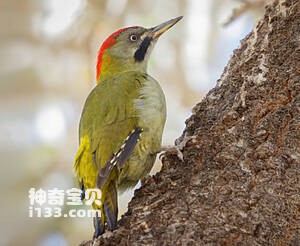
Picus vaillantii
Picus vaillantii,Levaillant's Woodpecker,Levaillant's Green Woodpecker
Picus vaillantii, Levaillant's Woodpecker, Levaillant's Green Woodpe···
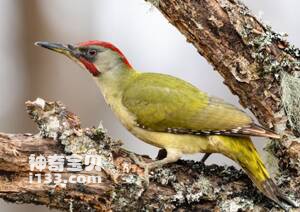
Picus sharpei
Picus sharpei,Iberian green woodpecker
The Iberian green woodpecker is known as Iberian Green Woodpecker and Picus ···
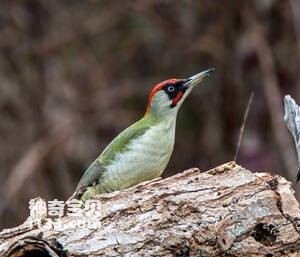
Picus viridis
Picus viridis,European green woodpecker
The European green woodpecker, known as Picus viridis or European Green Wood···
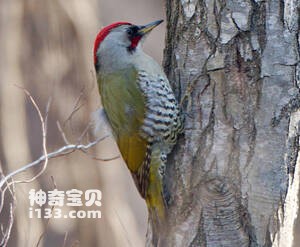
Picus awokera
Picus awokera,Japanese green woodpecker
The Japanese green woodpecker is known as Picus awokera and Japanese Green w···
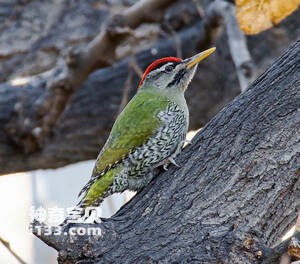
Picus squamatus
Picus squamatus,Scaly-bellied woodpecker
Picus squamatus, Scaly-bellied woodpecker, has two subspecies。The green woo···
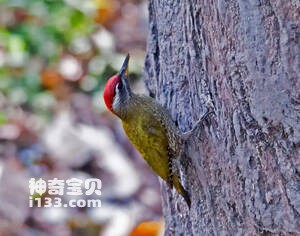
Picus xanthopygaeus
Picus xanthopygaeus,Streak-throated Woodpecker
The species is known as Picus xanthopygaeus and street-throated Woodpecker w···
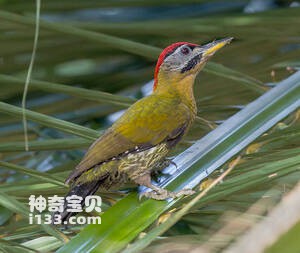
Picus vittatus
Picus vittatus,Scaly-belliedGreenWoodpecker,Laced woodpecker
Picus vittatus, Laced woodpecker Scaly-belliedGreenWoodpecker, Laced woodpec···
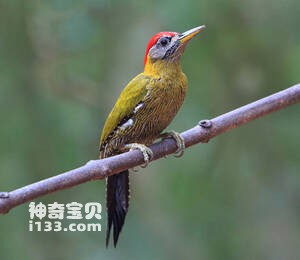
Picus viridanus
Picus viridanus,Streak-breasted Woodpecker
The species is known as Picus viridanus and Streak-breasted Woodpecker. Its ···
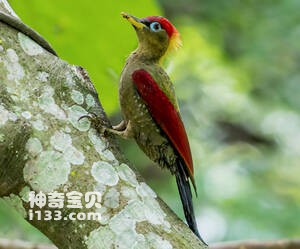
Picus puniceus
Picus puniceus,Crimson-winged woodpecker
The red-winged green woodpecker is known as Picus puniceus and Crimson-winge···
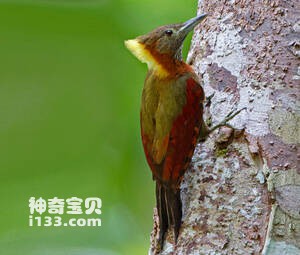
Picus mentalis
Picus mentalis,Chrysophlegma mentale,Checker-throated Woodpecker
Picus mentalis, Chrysophlegma mentale, foreign name Checker-throated Woodpec···
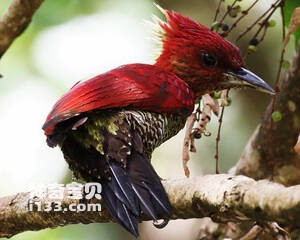
Picus miniaceus
Picus miniaceus,Chrysophlegma miniaceum,Banded Woodpecker
Picus miniaceus, Chrysophlegma miniaceum, foreign name Banded Woodpecker, sp···
